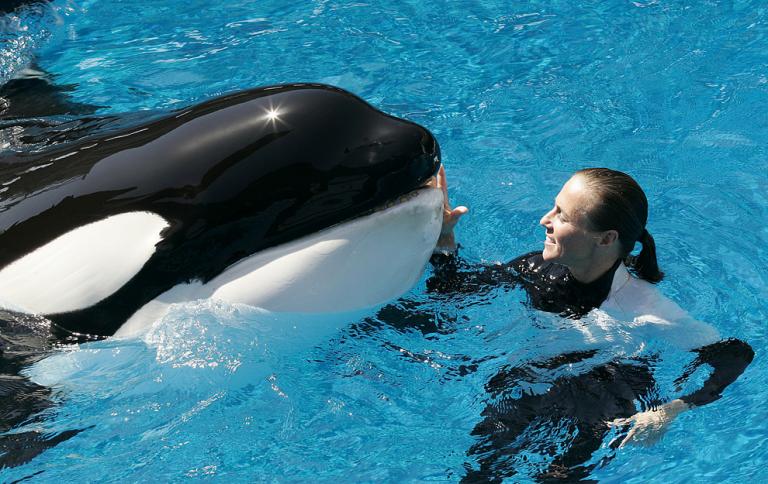Orca Whale Program at Seaworld
March 31, 2016
Orca whales have been the main attraction at SeaWorld since the 1970s, when the park was first opened. Now, the park is abolishing their Orca breeding program after it has come under attack in recent years for being cruel to the killer whales. This will forever change the parks, as well as everything owned by the franchise, including the theme parks Aquatica and Busch Gardens.
Shamu, the whale that started SeaWorld’s whale program, was the fourth whale ever captured and kept in captivity. Since then, the whales have been bred and trained for show. Many people have been upset and expressed concerns about how the Orcas have been treated behind the scenes of the shows at SeaWorld, but these ideas have previously been disregarded because the park has done so much to show that conditions are healthy for the animals.
For example, Tilikum was an Orca whale kept in captivity for 30 years, 21 of those at SeaWorld. Over his lifetime, Tilikum was abused by his captors in many different ways. Food would be withheld from Tilikum when he did not perform a trick correctly, and the food was also not given to the other whales in his tank. This caused the other whales to violently attack him, to ensure their feeding. At SeaWorld, Tilikum was kept in a tank that was far too small for a whale his size, and forced to perform in many shows. His dorsal fin bent over, a common sign of mistreatment and over-stress in Orca whales. Eventually, the poor treatment was a factor in the deaths of three people. Two of those deaths were trainers who slipped into the pool, and one was a citizen who snuck into the pool. All three of them were crushed and drowned in the pool.
Animal rights activists have been protesting the park since it opened in 1971. The popular documentary film Blackfish has greatly impacted people’s opinions on the topic, after it expanded on Tilikum’s story and went greater into detail of the capturing process that Seaworld uses.
And now those activists’ dreams are being realized with the end of the breeding program. In the future, the whales’ habitats will not be as good as they would be in the wild, but the last generation of Orca Whales will have better homes than they have in the past. Only time will tell how this will affect other animal parks and the future of Seaworld.



Shea Ward • Apr 4, 2016 at 10:51 am
THIS ARTICLE IS GREAT!
PROPS TO THE AUTHOR!